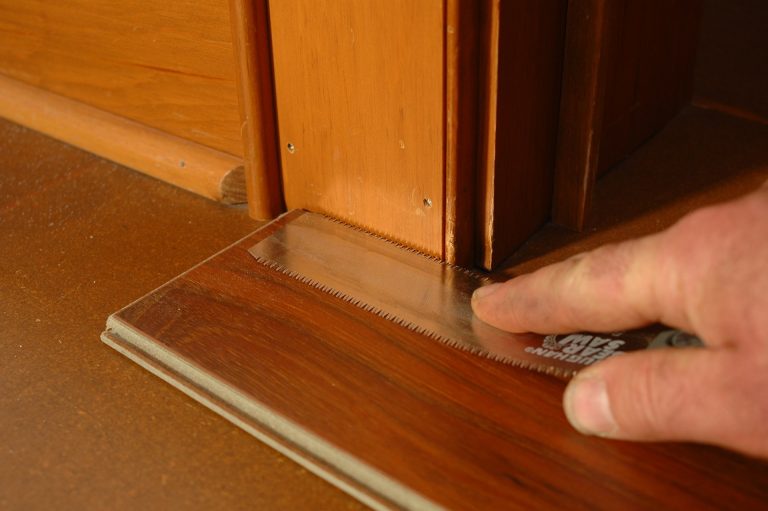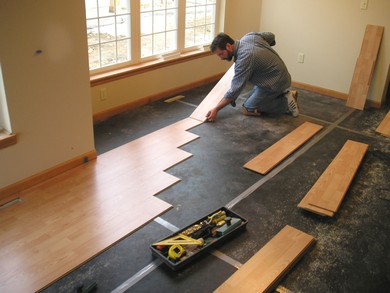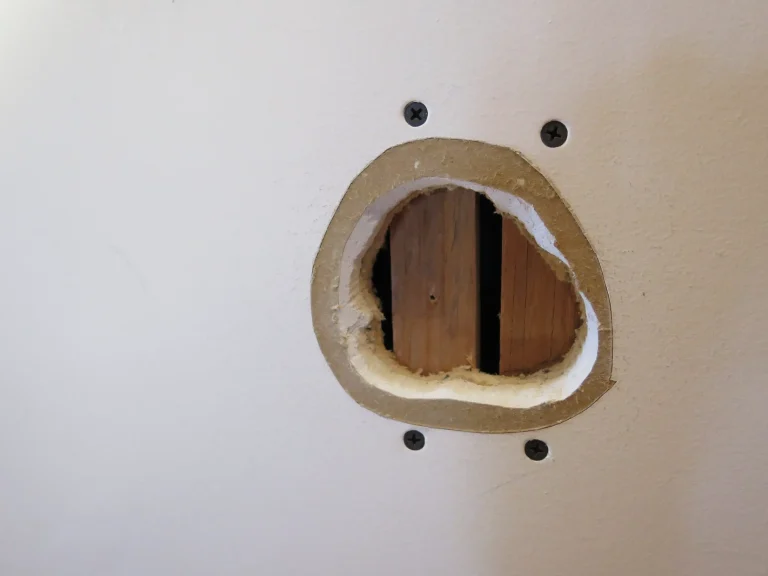Condensation on cold room ceilings is such a common issue across Canada that I devoted an entire section and plans to the solution in my how-to manual The Complete Root Cellar Book. And rest assured that the main issue here is not the way you’ve kept the vents closed all the time. The cause is a design matter. The ceiling of your cold room simply gets too cold in winter.
The only thing between the inside of your cold room and sub-zero outdoor wintertime temperatures is a couple of inches of concrete. That’s not enough. When the inside surface of the concrete gets cold – as it inevitably will – it causes moisture to be forced out of the air, causing the droplets that you see on the ceiling. This might even turn to frost and ice if it gets cold enough outside. The solution is to add foam insulation to the ceiling of your cold room, but only a very specific kind of foam will do. It needs to be impervious to the passage of water vapour, and that’s why I recommend extruded polystyrene. It’s strong and smooth-grained, and usually pink or blue in colour. Avoid the white, beady expanded polystyrene foam. Air and water vapour can pass through it, causing condensation to develop behind the foam. Two inches of extruded poly is perfect. You could also have a contractor apply closed cell spray foam, but this will be much more expensive. Just to make sure there’s no actual water leaks, paint the ceiling of your cold room with waterproof masonry paint before insulating.
In addition to your work insulating the ceiling, add foam down the walls, too…just not too far. Extend this foam three or four inches lower than the lowest instance of condensation you’ve seen on walls. Don’t go farther or your cellar might be too warm in spring and fall. Remember, it’s the cooling power of the earth that keeps your cold room cold.
Clean everything that’s loose and flaky off the ceiling and walls, then use construction adhesive to hold the foam panels in place. Wooden props are the best way to support the panels while this adhesive dries. The main thing – and this is really important – is that all edges and seams are sealed with spray foam from a can. It’s essential that air from your cold room not be allowed to sneak behind the panels from the edges or condensation will occur. Cut each piece of foam so there’s a 3/4” gap between the edge and the surrounding walls. Fill this gap with spray foam before securing wall insulation.
Foam is flammable, so some kind of wood or drywall covering is required by law. You can apply drywall or wooden wall board on top of your foam, anchored to the underlying concrete with screws. An easier option involves using wood-and-foam insulating panels, instead of just foam sheets. The only product I know of like this is made by a Canadian company called OVRx.












